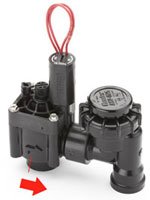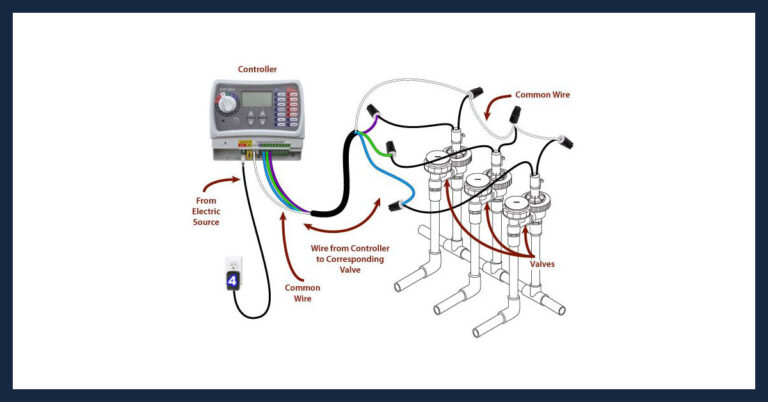Installing Irrigation Valves
Anti-Siphon Valve Installation
Anti-siphon valves are backflow prevention valves that protect your water supply from contamination. Every irrigation system should have some sort of backflow prevention. And so you need to check the building codes in your area to find out if an anti-siphon valve will work for you. Always install anti-siphon valves above ground. So be sure to dig out an area large enough to accommodate your inlet and outlet pipes.
** To Activate The Flow Of Water, Click The “Blue” Water Button On The Top Left Of The Image.
In-Line Valve Installation
Irrigation in-line valves are installed below ground and should always be installed in a protective valve box. Dig out the area where ground valves are to be installed and add several inches of gravel to the bottom of the hole. Place the top of the valve box so that it is even with the surface of the ground. When you buy a valve box, be sure to find out how many valves fit in each box so you know how many to buy. In some cases, you will need more than one valve box per manifold.
** To Activate The Flow Of Water, Click The “Blue” Water Button On The Top Right Of The Image.
Valve Inlet Size
A group of valves running off the same supply line is called a manifold. We recommend grouping your valves into manifolds based on their use or location. For example, one control valve manifold to operate front yard zones and one to operate backyard and/or side yard zones. Use flags to mark the location of the valves, as indicated on your worksheet.
Size of Inlet: 3/4″
GPM: Under 10 GPM
Size of Inlet: 1″
Above 10 GPM

Arrows Appear On The Valve Body To Indicate The Flow Of Water.
Note:
If one of the valves will be used for drip irrigation, leave enough room between the valve and the sides of the valve box for the filter and pressure regulator that are part of your drip system. It may be a good idea to install those parts on the valve, then, install the valve in the valve box.
Tip:
When putting together your valve manifolds, always include one or two extra connections in each manifold. This makes it easier to expand your system at a later date.
Tip:
Look for valves with the flow control feature. It saves water.
*If you were looking for information on quarter-turn ball valves, you can look here.



























